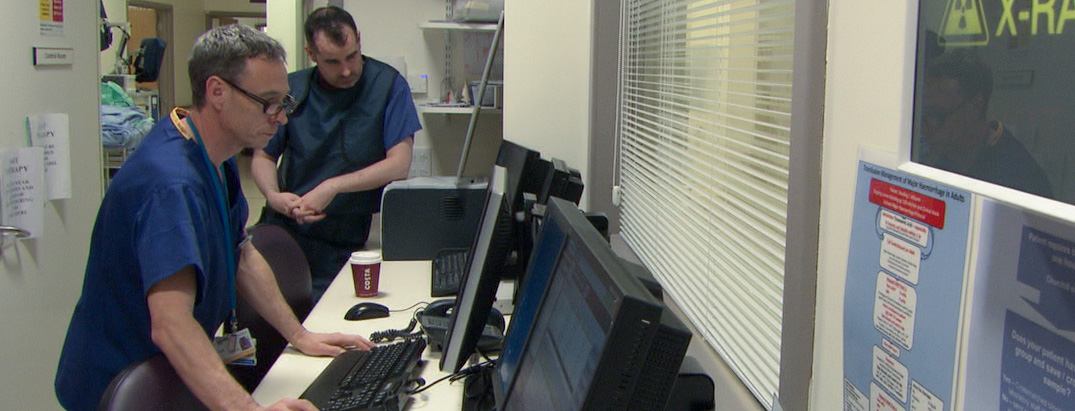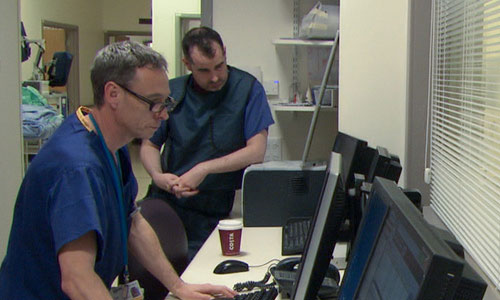Patient selection criteria for Yttrium-90 resin microspheres
A combined treatment approach that incorporates a multi-modal approach (surgical resection, ablation, chemotherapy, targeted agents, and radiotherapy) has enriched the management of liver tumours, both primary and metastatic. The challenge that remains is how to reduce the burden of liver disease in selected patients and thus enable greater patient eligibility for attempted curative resection, as well as lengthen survival for those who are unsuitable for surgery.
SIRT is suitable for patients who usually fall into a group that are too advanced or technically not suitable for ablation and liver surgery. Indeed, this is often the largest group of patients. Along with the clinical benefits, integration of SIRT into the treatment paradigm can provide added options of using systemic chemotherapy synergistically as a radio-sensitiser and to continue to control extrahepatic (micro-)metastases which are very common in this group, permitting a reduction in hepatic disease and conserving remaining liver function. If successful and appropriately selected, the possibility of improved patient survival and quality of life is increased.
Appropriate selection of patients for SIRT requires the complementary skills of a multidisciplinary team with expertise in hepatology, interventional radiology, medical oncology, medical physics, nuclear medicine, radiation oncology, and surgical oncology. Here we summarize the criteria for inclusion and exclusion of patients to define the cohort that can be treated safely with SIRT from those that are unsuitable or at high risk for complications with treatment.
Tumour indications:
- The commonest indication is 3rd or subsequent line liver-only or liver-dominant chemotherapy-refractory metastatic colorectal cancer. This is commissioned by the NHS England Commissioning through Evaluation programme.
- The second commonest indication is inoperable hepatocellular carcinoma (HCC), i.e. primary liver cancer, with studies underway on sorafenib combinations (see Clinical Trials tab).
- All other liver tumours (both primary and metastatic) are potentially suitable and should be considered for treatment
- if they fall into a subset that are too advanced or technically not suitable for ablation and liver surgery AND
- they don't have rapidly progressive extra-hepatic disease (EHD), with no strategy available for controlling the EHD. Rapid is usally defined by tumours that are progressing on CT scans under a 3-monthly follow-up.
General inclusion criteria:
- Unresectable liver-only or liver-dominant tumours or liver metastases
- Life expectancy >12 weeks
- ECOG/WHO performance status 0-2
- Adequate liver function (i.e. < bilirubin 34 µmol/L, i.e. 2.0 mg/dL)
Absolute exclusion criteria:
- Ascites or other clinical signs of liver failure on physical examination (i.e. not solely on imaging). Note: Patients with portal vein thrombosis (PVT) are potentially suitable if they fulfil the other safety criteria- see also below
- Pregnancy
- Severe uncontrollable coagulopathy
- No safe vascular access to liver (decided on 3-phase Liver CT scan or after the first 'Workup' procedure)
Contraindications assessed at the work-up procedure:
- Potential for excess radiation exposure (>30 Gy) to the lungs as determined by pre-treatment 99mTc-MAA lung shunt (99mTc-MAA indicates technetium-99m macroaggregated albumin)
- Shunting to the gastrointestinal tract (stomach, bowel, or pancreas) that cannot be corrected by embolisation (as demonstrated by hepatic angiogram)
Relative Exclusion Criteria (Reviewed on a Case-By-Case Basis)
- Previous radiotherapy to the liver (previous radiotherapy plans and dose should be available for review)
- Excessive tumour burden with limited hepatic reserve (consider a 2-stage treatment procedure in some cases)
- Rapidly progressive extra-hepatic disease (EHD, within or predicted: 12 weeks)
- Abnormal organ or bone marrow function as determined by:
- Leukocytes < 2500/µL
- Absolute neutrophil count < 1500/µL
- Platelets < 60,000/µL
- AST (SGOT)/ALT (SGPT) >5 X institutional ULN
- Elevated total bilirubin level >34 µmol/L (2.0 mg/dL) in the absence of a reversible cause
- Serum albumin < 30 Albumin g/l (3.0 g/dL)
- Creatinine >2 times ULN (2.5 mg/dL = 220 µmol/L
- A compromised main portal vein as demonstrated on triple-phase CT scan unless selective or super-selective SIRT can be performed and the other safety criteria are fulfilled
- Multiple biliary stents +/- uncontrolled cholangitis
- Uncontrolled systemic infection
Abbreviations used on this page
CT: computed tomography; AST: aspartate aminotransferase; ALT: alanine aminotransferase; SGOT: serum glutamic oxaloacetic transaminase; SGPT: serum glutamic pyruvic transaminase; ULN: upper limit of normal.



